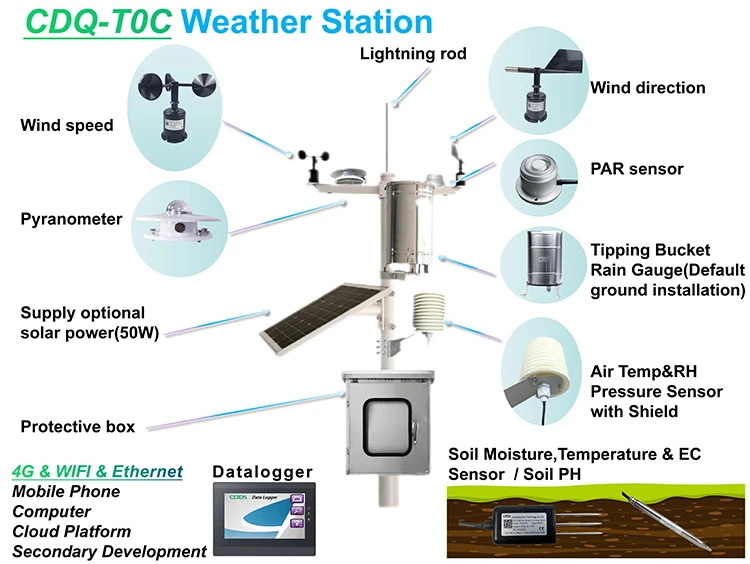Automatic Weather Station Price Analysis and Market Trends

# Automatic Weather Station Price Analysis and Market Trends
Automatic weather stations (AWS) have become essential tools for monitoring and analyzing weather conditions in various industries, including agriculture, aviation, and environmental research. As the demand for accurate and real-time weather data grows, understanding the factors influencing automatic weather station prices and market trends is crucial for businesses and organizations.
## Factors Influencing Automatic Weather Station Prices
The price of an automatic weather station can vary significantly depending on several factors:
– **Sensor Quality and Quantity**: High-quality sensors for measuring temperature, humidity, wind speed, and precipitation can significantly increase the cost. Additionally, the number of sensors included in the station also affects the price.
– **Data Transmission Technology**: AWS systems that use advanced data transmission technologies, such as satellite or cellular networks, tend to be more expensive than those relying on traditional methods like radio frequency.
– **Durability and Build Quality**: Weather stations designed to withstand harsh environmental conditions, such as extreme temperatures or heavy rainfall, often come with a higher price tag due to the use of durable materials and robust construction.
– **Software and Analytics**: The inclusion of sophisticated software for data analysis, visualization, and integration with other systems can also drive up the cost of an automatic weather station.
– **Brand and Support**: Established brands with a reputation for reliability and excellent customer support may charge a premium for their products.
## Market Trends in Automatic Weather Stations
The automatic weather station market is experiencing several notable trends:
– **Increasing Adoption in Agriculture**: Farmers are increasingly using AWS to optimize irrigation, monitor crop health, and predict weather patterns, leading to higher demand and competitive pricing.
– **Integration with IoT**: The integration of AWS with the Internet of Things (IoT) is enabling more efficient data collection and analysis, driving innovation and potentially reducing costs over time.
– **Government and Institutional Investments**: Governments and research institutions are investing heavily in weather monitoring infrastructure, which is boosting the market and encouraging technological advancements.
– **Emerging Markets**: Developing countries are recognizing the importance of weather data for disaster preparedness and agricultural planning, leading to increased adoption and market growth in these regions.
– **Sustainability Focus**: There is a growing emphasis on sustainability, with manufacturers developing energy-efficient and environmentally friendly AWS solutions.
## Conclusion
Understanding the factors that influence automatic weather station prices and staying informed about market trends is essential for making informed purchasing decisions. As technology continues to evolve and the demand for accurate weather data grows, the AWS market is expected to expand, offering more advanced and cost-effective solutions for various industries.
Keyword: automatic weather station price
